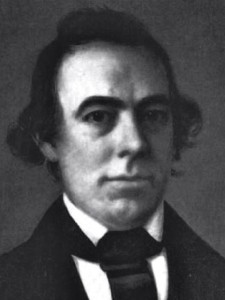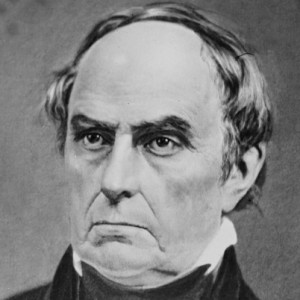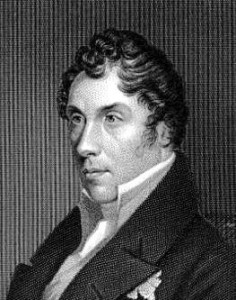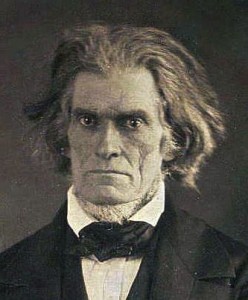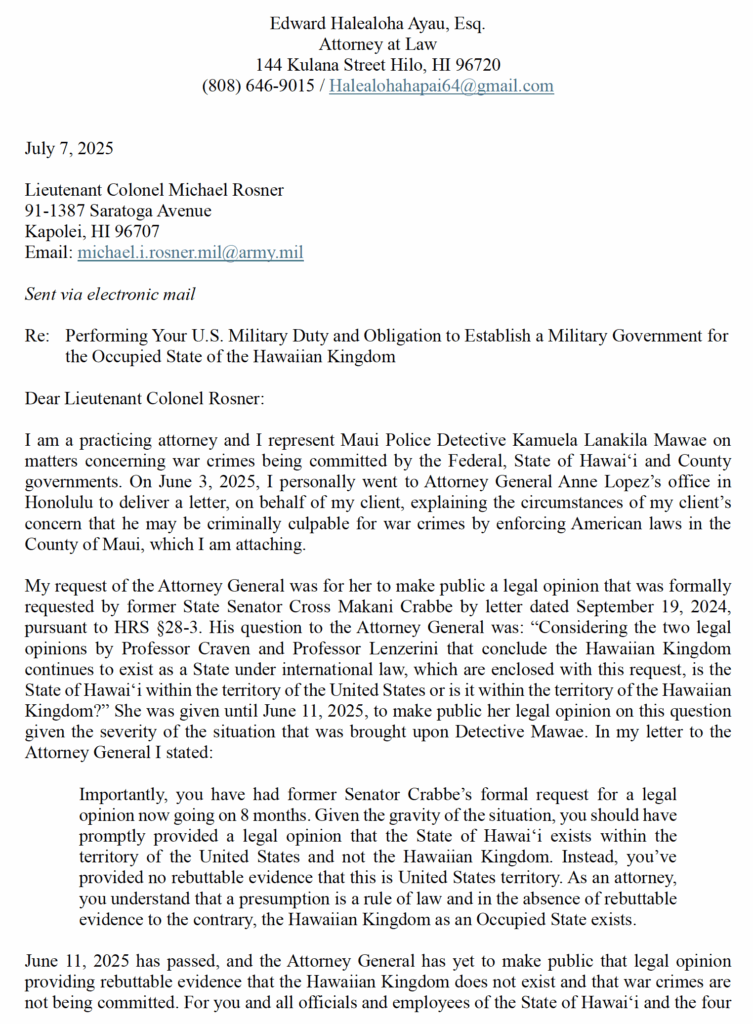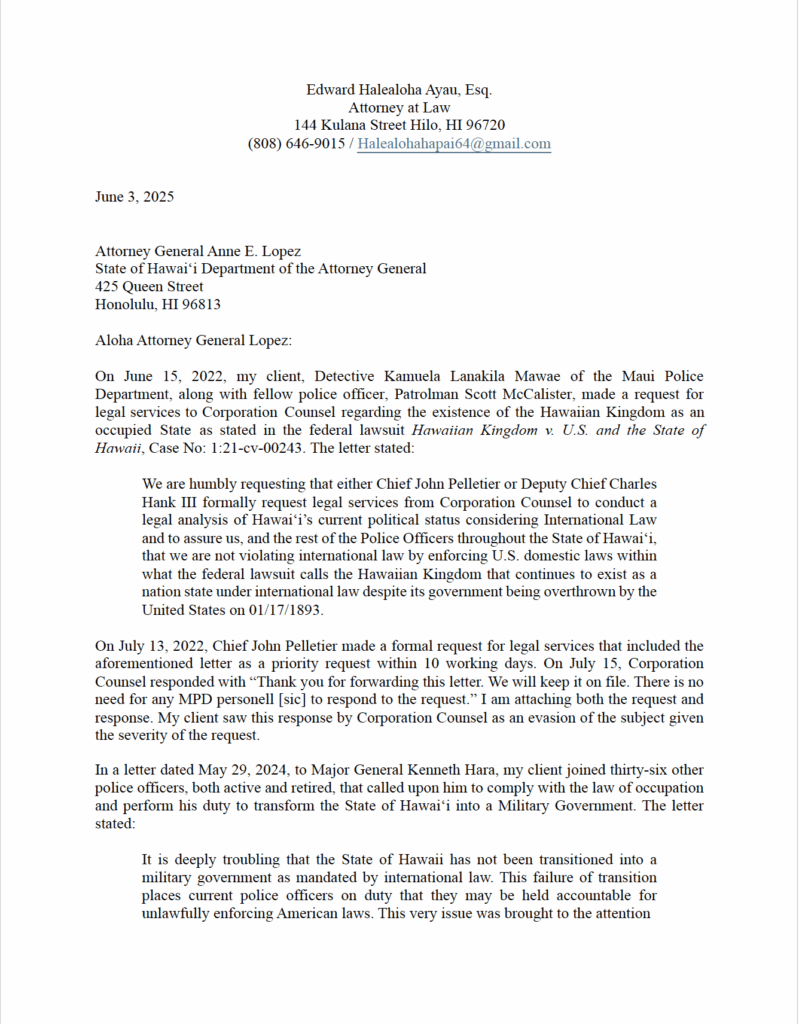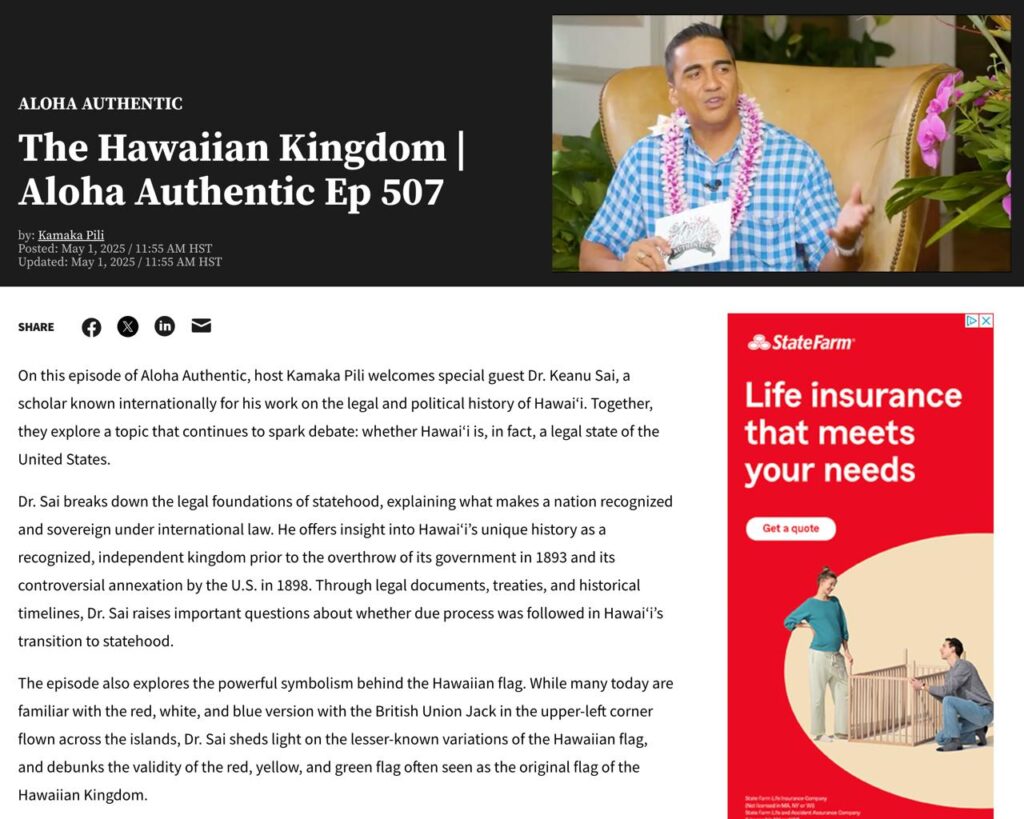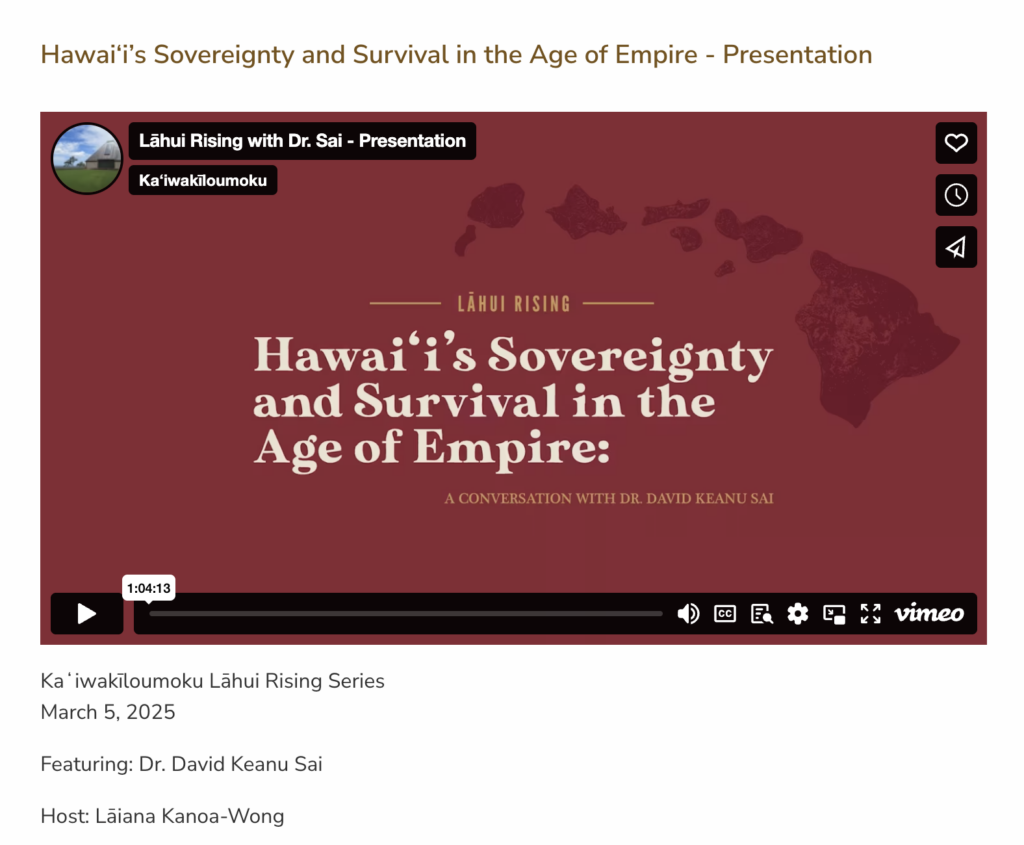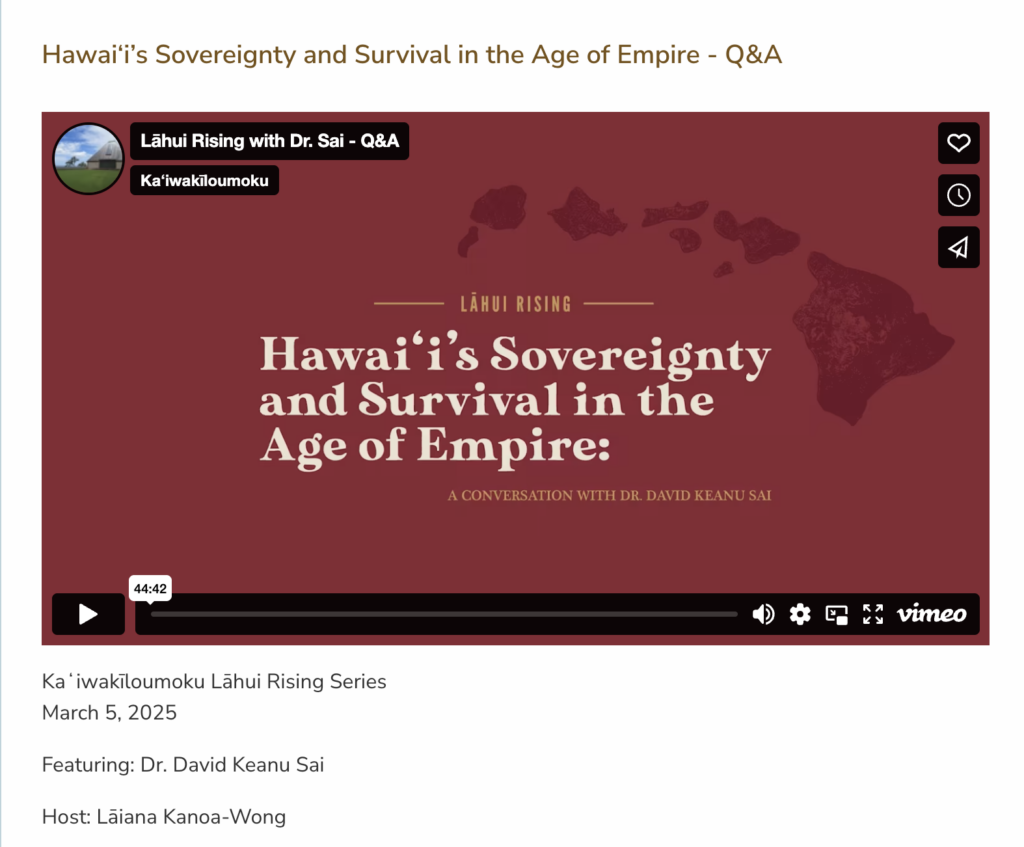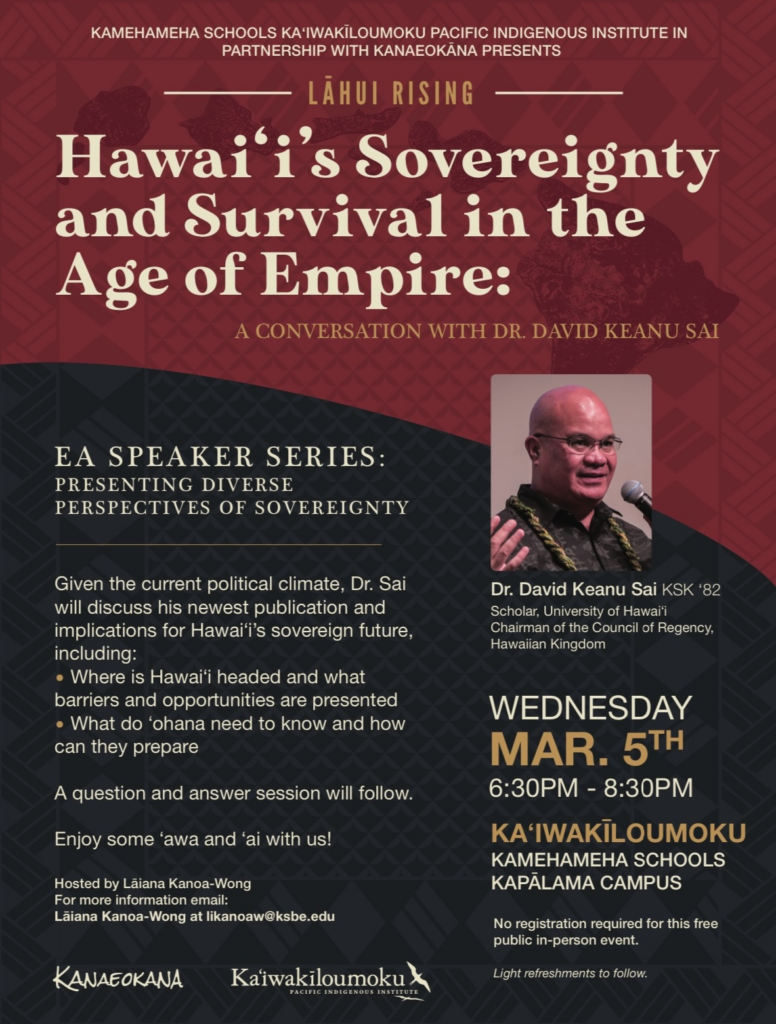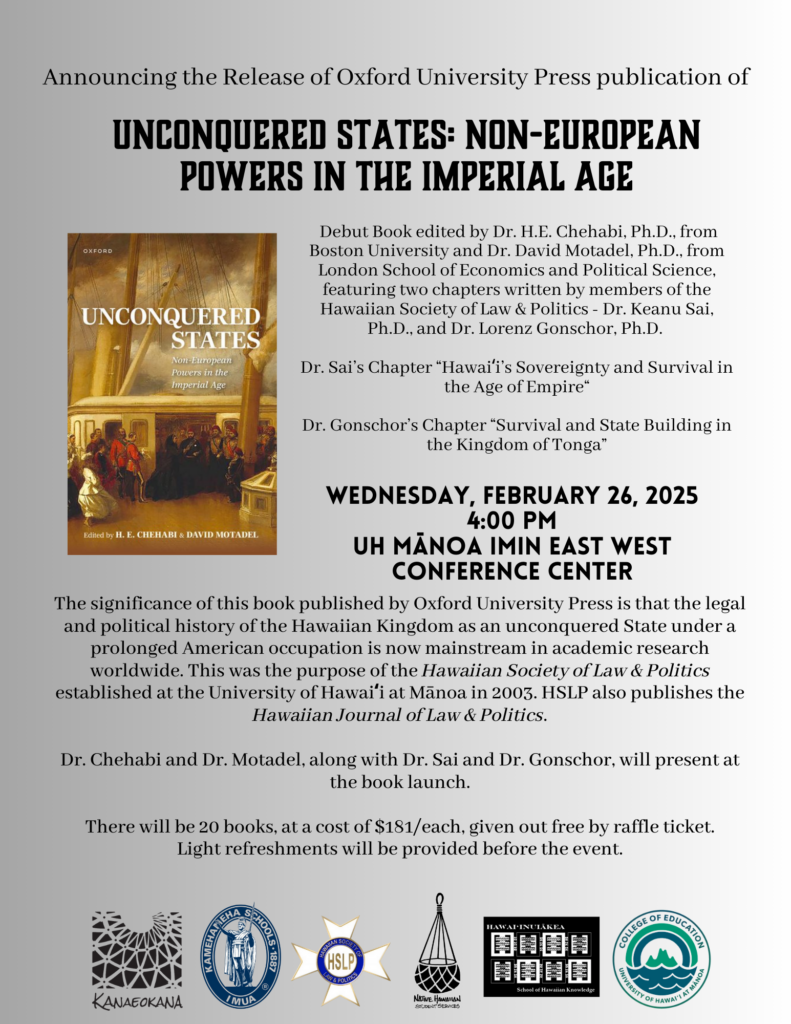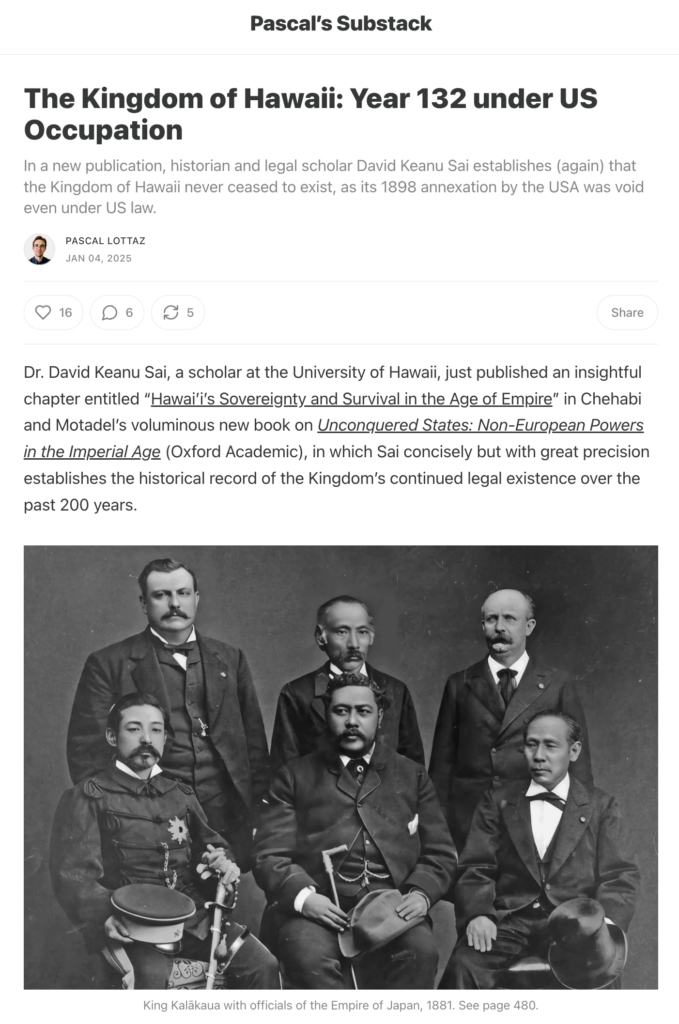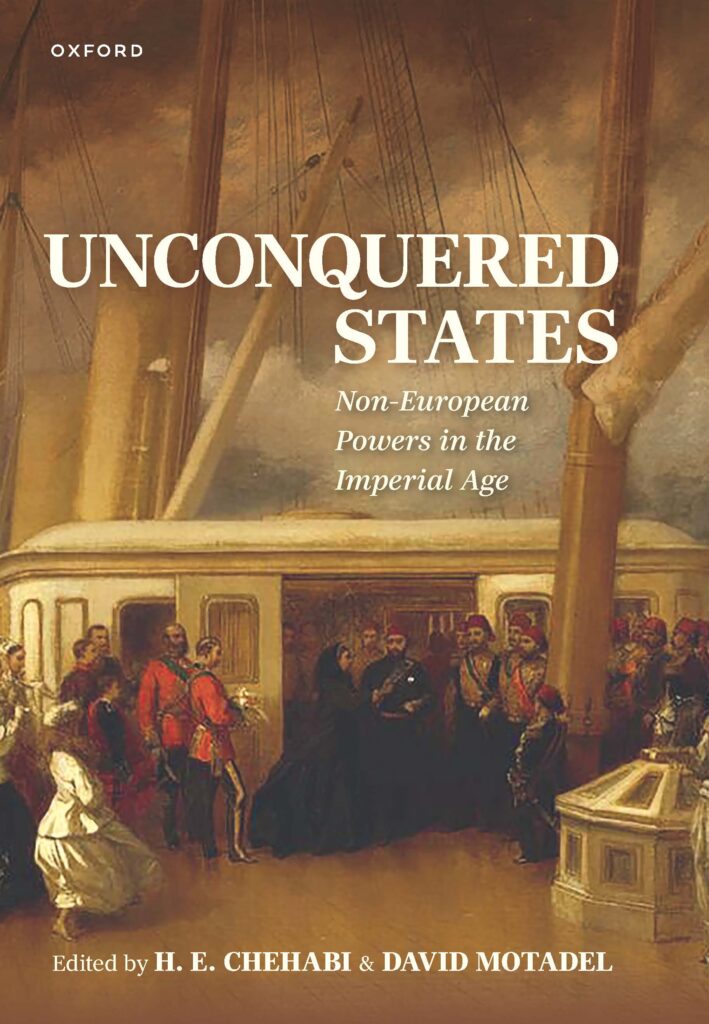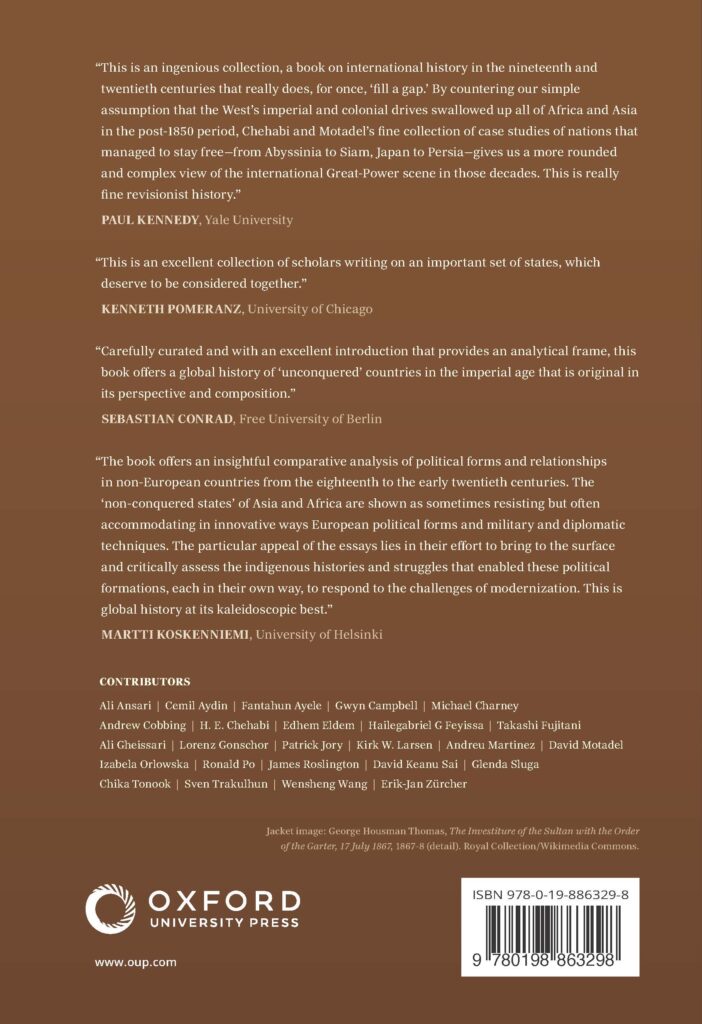On September 4, 2025, the Civil Beat published an article “Kamehameha Schools’ Admission Policies May Face Legal Challenge.” They reported:
A conservative mainland group whose lawsuit against Harvard ended affirmative action in college admissions is now building support in Hawai‘i to take on Kamehameha Schools’ policies that give preference to Native Hawaiian students. Students for Fair Admissions, based in Virginia, recently launched the website KamehamehaNotFair.org. It says that the admission preference “is so strong that it is essentially impossible for a non-Native Hawaiian student to be admitted to Kamehameha.” “We believe that focus on ancestry, rather than merit or need, is neither fair nor legal, and we are committed to ending Kamehameha’s unlawful admissions policies in court,” the website says.
Students for Fair Admissions won a lawsuit against Harvard University in 2023 that ruled race-based affirmative action programs in most college admissions violate the Equal Protection Clause of the Fourteenth Amendment to the U.S. Constitution. The Clause provides “nor shall any State … deny to any person within its jurisdiction the equal protection of the laws.” Although the purpose of the Clause was to protect freed slaves after the Civil War from discrimination by the Southern States, it also applied to individuals in similar situations being treated equally by American law across all State of the Union.
Affirmative action and policies promote equal opportunity in order to counteract past discrimination and has been applied to college admissions. According to the U.S. Equal Employment Opportunity Commission, affirmative action is “not a type of discrimination but a justification for a policy or practice based on race, sex, or national origin. An affirmative action plan must be designed to achieve the purposes of Title VII; i.e., to break down old patterns of segregation and hierarchy and to overcome the effects of past or present practices, policies, or other barriers to equal employment opportunity.” The U.S. Supreme Court, however, in Students for Fair Admissions v. Harvard University, in 2023, ruled affirmative action to be unconstitutional. Kamehameha Schools is now being targeted by the same group that won its case against Harvard University.
Doe v. Kamehameha
In 2003, Kamehameha Schools faced its first legal challenge for its admission policy in Doe v. Kamehameha Schools/Bernice Pauahi Bishop Estate. The plaintiff, being an unnamed applicant that was denied admission as a student because he was not of Hawaiian ancestry, lost in the federal district court in Hawai‘i. An appeal was made to the Ninth Circuit Court of Appeals, and the decision was reversed in favor of the plaintiff by a three-judge panel in 2005, where the Court held that Kamehameha Schools’ admission policy, with its preference for Native Hawaiians, constituted unlawful race discrimination under federal law. Kamehameha Schools appealed the decision to a 15-judge panel, called En Banc, at the Ninth Circuit Court of Appeals and the Court affirmed Kamehameha Schools admission policy as lawful on December 5, 2006. The Court concluded:
King Kamehameha I, on his death bed, is reported to have said, “Tell my people I have planted in the soil of our land the roots of a plan for their happiness.” Princess Pauahi Bishop and Her Legacy at 122. His great granddaughter, Princess Bernice Pauahi Bishop, echoed that sentiment when she established, through her will, the Kamehameha Schools. Because the Schools are a wholly private K-12 educational establishment, whose preferential admissions policy is designed to counteract the significant, current educational deficits of Native Hawaiian children in Hawaii, and because in 1991 Congress clearly intended § 1981 to exist in harmony with its other legislation providing specially for the education of Native Hawaiians, we must conclude that the admissions policy is valid under 42 U.S.C. § 1981.
In its decision, the Court agreed with Kamehameha Schools position that it should review this case with “the more deferential Title VII test for evaluating affirmative action plans, with variations appropriate to the educational context.”
While the Plaintiff’s appeal was pending before the U.S. Supreme Court, Kamehameha Schools settled the lawsuit by paying $7 million. The agreement was signed in May of 2008, thus bringing the lawsuit to a close. Because the U.S. Supreme Court ruled that affirmative action in admission policies of educational institutions to be unlawful, Kamehameha Schools cannot rely on their previous position in Doe v. Kamehameha.
Radical Change in the Legal Terrain
Not only has the legal terrain changed for American law and affirmative action, the legal terrain also changed for Hawai‘i because it is now legally proven that Hawai‘i was never a part of the territory of the United States but rather an Occupied State under international law.
The writings of scholars, under international law, is regarded as law-determining and not law making. According to Professor Malcolm Shaw, a British subject, “Because of the lack of supreme authorities and institutions in the international legal order, the responsibility is all the greater upon publicists of the various nations to inject an element of coherence and order into the subject as well as to question the direction and purposes of the rules.” The United States Supreme Court understood the significance of the writings of scholars in international law. In the 1900 Paquette Habana case, the Supreme Court stated:
International law is part of our law, and must be ascertained and administered by the courts of justice of appropriate jurisdiction, as often as questions of right depending upon it are duly presented for their determination. For this purpose, where there is no treaty, and no controlling executive or legislative act or judicial decision, resort must be had to the customs and usages of civilized nations; and, as evidence of these, to the works of jurists and commentators, who by years of labor, research and experience, have made themselves peculiarly well acquainted with the subjects of which they treat. Such works are resorted to by judicial tribunals, not for the speculations of their authors concerning what the law ought to be, but for trustworthy evidence of what the law really is.
The significance of the legal opinion by Professor Matthew Craven, a British subject, on the continuity of the Hawaiian Kingdom as a State under international law, the legal opinion by Professor Federico Lenzerini, an Italian citizen, on the legitimacy of the Council of Regency, and the legal opinion by Professor William Schabas, a Canadian citizen, on war crimes being committed in the Hawaiian Kingdom under the American occupation since 1893, are that all three legal opinions are written by publicists who are scholars and professors in international law. Also included is Dr. Keanu Sai’s chapter “Hawai‘i’s Sovereignty and Survival in the Age of Empire” in Unconquered States: Non-European Powers in the Imperial Age that was published in December of 2024 by Oxford University Press. Oxford University Press recognizes Dr. Sai as a scholar. As such, these writings constitute a source of international law. As the U.S. Supreme Court stated, “the works of jurists and commentators [is considered] trustworthy evidence of what the law really is.”
Of note is Professor Schabas’ legal opinion on war crimes where he specifically addresses the unlawful imposition of American laws, which he refers to as the war crime of usurpation of sovereignty during occupation. American laws include administrative measures, policies, and court decisions. This renders the Equal Protection Clause of the Fourteenth Amendment to the U.S. Constitution and 2023 Supreme Court decision in Students for Fair Admissions v. Harvard University irrelevant. Even the U.S. Supreme Court, in United States v. Curtiss-Wright Corporation, emphatically stated:
Neither the Constitution nor the laws passed in pursuance of it have any force in foreign territory unless in respect of our own citizens …, and operations of the nation in such territory must be governed by treaties, international understandings and compacts, and the principles of international law. As a member of the family of nations, the right and power of the United States in that field are equal to the right and power of the other members of the international family. Otherwise, the United States is not completely sovereign.
Civil Rights under Hawaiian Kingdom Law
As an Occupied State, only Hawaiian Kingdom law applies over Hawaiian territory, and the Kamehameha Schools is a trust that established under and by virtue of the laws of the Hawaiian Kingdom. In the matter of the will of Bernice Pauahi Bishop, the Hawaiian Kingdom Supreme Court accepted the trust on March 4, 1885. The Kamehameha Schools for Boys opened in 1887 and for Girls in 1894.
During a speech at the Schools first celebration of Founder’s Day on December 19, 1888, Charles Reed Bishop, chair of the original trustees and widow of Princess Bernice Pauahi Bishop, stated that the Princess established the Kamehameha Schools “in order that her own people might have the opportunity for fitting themselves for such competition, and be able to hold their own in a manly and friendly way, without asking any favors which they were not likely to receive, these schools were provided for, in which Hawaiians have the preference, and which she hoped they would value and take the advantages of as fully as possible.” The speech was printed in the Daily Bulletin Weekly Summary newspaper, Honolulu (December 24, 1888).
This admission policy was established because of the intent of the Princess. It is not based on her will. Her will did not address the preference of admitting students of Hawaiian ancestry, but rather providing financial assistance “giving the preference to Hawaiians of pure or part aboriginal blood.” The significance of this speech and its publication in a newspaper makes the intent of the Princess publicly known throughout the kingdom.
Under Hawaiian Kingdom law, this admission policy of preference for students that are aboriginal Hawaiian, both pure and part, is lawful. There are three Hawaiian Kingdom Supreme Court cases that address native or aboriginal Hawaiians within the legal framework of civil rights under Hawaiian constitutional law. These cases are Naone v. Thurston, 1 Haw. 392 (1856) and Rex v. Booth, 2 Haw. 616 (1863) that are appellate cases, while Rex v. Henry H. Sawyer was a criminal trial that came before the Supreme Court at its July Term in 1859. Under Hawaiian Kingdom law, the Supreme Court served not only as an appellate court but also as a trial court.
In Rex v. Booth, the Court addressed the claim of race-based legislation, also called special legislation, which was argued by the defence to be a violation of native or aboriginal Hawaiians’ civil rights under Hawaiian laws. The defense argued, “‘It is an axiom in all constitutional Governments, that all legislative power emanates from the people; the Legislature acts by delegated authority, and only as the agent of the people ;’ that the Hawaiian Constitution was founded by the people; ‘that the Government of this Kingdom proceeds directly from the people, was ordained and established by the people,’ and that it is against all reason and justice to suppose or presume for one moment, that the native subjects of this Kingdom ever entrusted the Legislature with the power to enact such a law as that under discussion.” The Court responded, “Here is a grave mistake—a fundamental error—which is no doubt the source of much misconception. These ideas run through a large part of the case made by the defense, and much of the argument and reasoning predicated upon them, possesses no weight whatever.”
The Court discerns the legal framework of civil rights under Hawaiian constitutional law from other countries, like the United States, that have a republican form of government, which is governance of and for the people. The Hawaiian Kingdom is not a republic but rather a constitutional and limited monarchy. The Court also underscores the Hawaiian Kingdom’s approach to balancing civil rights, legislative authority, and the welfare of its native population within the framework of its Constitution. The Court clarified that civil rights and equality must be interpreted within the broader context of the Hawaiian Constitution, allowing for laws that address specific needs, such as protecting aboriginal Hawaiians, as long as they promote the welfare of the nation.
Booth provides the legal basis for the Kamehameha Schools policy to give preferential acceptance of students who are Hawaiian subjects of pure or part aboriginal blood. While the Court, in Booth, referred to special legislation, it would be called a special policy regarding aboriginal Hawaiians because the Kamehameha Schools is not a legislative body but a private trust. As a private trust, under Hawaiian Kingdon law, it must still adhere to the legal framework of civil rights under Hawaiian constitutional law and that the special policy of admission promotes the welfare of the nation. This is the Hawaiian law version of affirmative action on its terms.
How Kamehameha Schools can Prevail under Hawaiian Kingdom Law
In 1994, the Intermediate Court of Appeals heard an appeal, in State of Hawai‘i v. Lorenzo, where the defendant was challenging the jurisdiction of the trial court because of the illegality of the overthrow of the Hawaiian Kingdom government in 1893. The Appellate Court concluded that “it was incumbent on Defendant to present evidence supporting his claim. Lorenzo has presented no factual (or legal) basis for concluding that the Kingdom exists as a state in accordance with recognized attributes of a state’s sovereign nature. Consequently, his argument that he is subject solely to the Kingdom’s jurisdiction is without merit, and the lower court correctly exercised jurisdiction over him.”
Since 1994, the Lorenzo case became a precedent case that served as the basis for denying defendants’ motions to dismiss that challenged the jurisdiction of State of Hawai‘i courts because defendants provided no evidence of the Hawaiian Kingdom’s existence as a State under international law. Even the federal courts apply the Lorenzo case. The Supreme Court, in State of Hawai‘i v. Armitage (2014), clarified the evidentiary burden that the Lorenzo case placed upon defendants. The Court states:
Lorenzo held that, for jurisdictional purposes, should a defendant demonstrate a factual or legal basis that the [Hawaiian Kingdom] “exists as a state in accordance with recognized attributes of a state’s sovereign nature[,]” and that he or she is a citizen of that sovereign state, a defendant may be able to argue that the courts of the State of Hawai‘i lack jurisdiction over him or her.
Kamehameha Schools can prevail because it has access to all this information from the public domain that provides a “factual or legal basis” that the Hawaiian Kingdom continues to exist as a State “in accordance with recognized attributes of a state’s sovereign nature,” and that it is a trust “of that sovereign state.”



